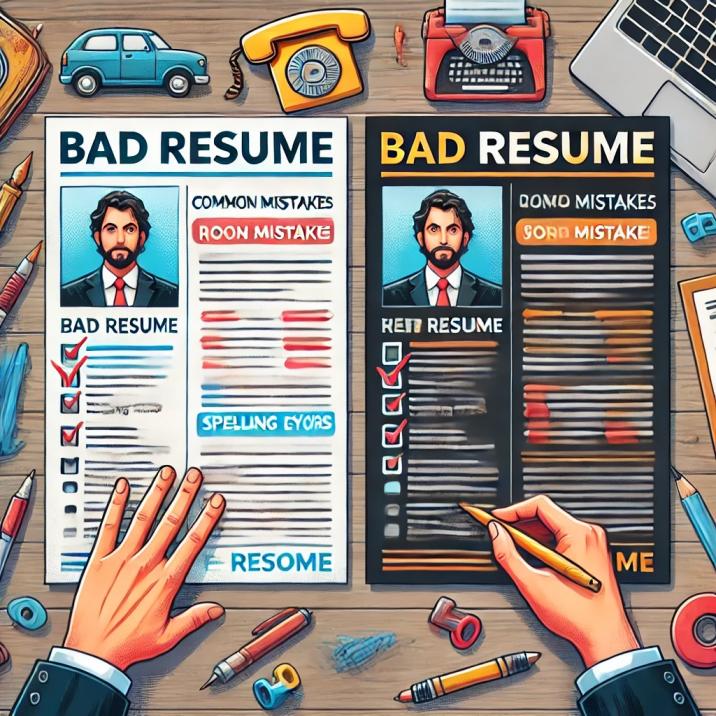How to Showcase a Career History that Will Make you Stand Out
A well-crafted career history highlights your skills and achievements. It makes you stand out to employers.
Your professional background is vital in the hiring process. We're here to help you craft a compelling career history.
A strong career history can change everything. It's not just about listing jobs. It's about telling a story that resonates with employers.
Key Takeaways
- Showcasing a career history is key in the job search.
- Your professional background is a vital factor in hiring.
- We will guide you in creating a compelling career history.
- We provide the tools and expertise needed to succeed.
- By sharing our knowledge and guidance, we aim to help you achieve your career goals.
Understanding the Impact of Your Career History
Creating a strong career narrative is important in order to stand out in a tough job market. Your career history is the base for resume building. It shows your professional journey to employers.
Employers want to see your skills, experience, and achievements in your career narrative. They look for consistency, growth, and how your experience fits the job. By focusing on these, you can make your career history stand out and get noticed.
Here are some tips for resume building and career narrative creation:
- Highlight relevant work experience and skills.
- Quantifying achievements and impact.
- Showing consistency and growth in your career.
- Tailoring your career narrative to the job position.
Crafting a Compelling Career Narrative
It's about the impact you've made, not just what you did.
Your career story should also talk about where you want to go. This makes your story more interesting to employers and helps you stand out. Important parts of your story include:
- Your biggest wins and the skills you used to get them.
- Any projects or experiences that show off your expertise.
- Soft skills like communication or teamwork that are important in your field.
Strategic Ways to Present Your Career History
It's vital to present your career history in a strategic way to impress employers. You have many formats to choose from, each with its own benefits and drawbacks. A well-made career history can show off your achievements and prove your worth.
A strategic presentation of your career can really help in your job search. By focusing on your successes and the impact you've made, you can stand out. This increases your chances of getting an interview.
Effective Formats for Career History Presentation
- Chronological format: good for those with a steady work history.
- Functional format: best for those with career gaps or changing careers.
Quantifying Your Impact
To make your career history more compelling, use numbers and statistics to quantify your achievements.
For instance, say "increased sales by 25% in 6 months" instead of "increased sales." This shows employers exactly what you can do for their company.
Leveraging Digital Tools for Career History Optimization
Digital tools help us make our career history more visible to employers. This boosts our chances of getting noticed.
We aim to offer clear, practical advice for job seekers. We'll look at AI tools and the role of industry trends in this journey.
Utilizing AI-Powered Tools
AI tools, like AI CV Checker can enhance our resumes and cover letters. They analyze our career history and offer tailored advice to improve our job search materials.
Staying Informed About Industry Trends
Knowing industry trends is vital for aligning our career history with the job market.
By keeping up with trends in CV improvements, we spot growth areas and opportunities. This knowledge helps us make smart career choices and boosts our success chances.
Addressing Career Gaps and Transitions
Career gaps and transitions can be tough for many job seekers. It's key to be open about your career journey. We focus on the skills and experience you've gained, even if it's through training or education.
Career gaps happen for many reasons. Maybe you took time off to raise a family or go back to school. When talking about these gaps, show your excitement for your new career. This shows you're eager and dedicated to your career.
Here are some tips for handling career gaps and transitions:
- Be ready to talk about your career gap or transition in an interview.
- Highlight the skills and experience you've gained.
- Point out any relevant training or education.
- Show your enthusiasm for your new career path.
By tackling career gaps and transitions well, you show employers you're proactive and serious about your career. This can make you stand out and boost your job search success.
Tailoring Your Career History for Different Audiences
Think about the industry, job, and company culture you're aiming for. This way, you can make your resume stand out and get noticed by employers.
It's smart to adjust your resume for different career levels. For example, highlight skills and experiences that match the job you want. Also, knowing about cultural differences in career presentation can help you avoid any misunderstandings.
Here are some tips for making your resume fit your audience:
- Use the job posting's language to describe your skills and experiences.
- Focus on your achievements, not just your duties.
- Use numbers and statistics to show your impact.
Modern Approaches to Career History Documentation
Use platforms like LinkedIn to create a profile that showcases your skills and experience.
Consider building a personal website or blog to share your career journey. This boosts your online visibility and helps employers find you. Key elements to include are:
- A clear and concise summary of your career history.
- A showcase of your skills and achievements.
- Relevant work experience and education.
By embracing modern methods, you can control your online image and impress employers. As the job market evolves, staying current with career documentation trends is vital!
Check out some of the most common resume mistakes and how to avoid them!

FAQ
1. What are the key elements employers look for in a career history?
Employers want to see consistency, growth, and relevance. They look at how your past jobs match the job you're applying for.
2. What are some common career history mistakes to avoid?
Don't make your career history unclear or include irrelevant info. Also, make sure to quantify your achievements.
3. How can I create a compelling career narrative?
Start by listing your strengths, skills, and achievements. Then, present them in a clear way that shows your career goals.
4. What are the differences between chronological and functional resume formats?
The chronological format lists your work history in reverse order. The functional format highlights your skills and achievements first.
5. How can I leverage digital tools to optimize my career history?
Use AI-powered resume checkers and industry trend analysis. These tools help make your resume stronger and more relevant to today's job market.
6. How should I address career gaps and transitions in my career history?
Be honest and transparent about career gaps and transitions. Highlight the skills and experience you gained. Show your enthusiasm for your new career path.
7. How can I tailor my career history for different audiences?
Consider the industry and career level you're targeting. Also, be aware of cultural differences in how careers are presented.
8. What are some modern approaches to career history documentation?
Use online platforms like LinkedIn and create a personal website or blog. These tools help increase your visibility and make it easier for employers to find you.




